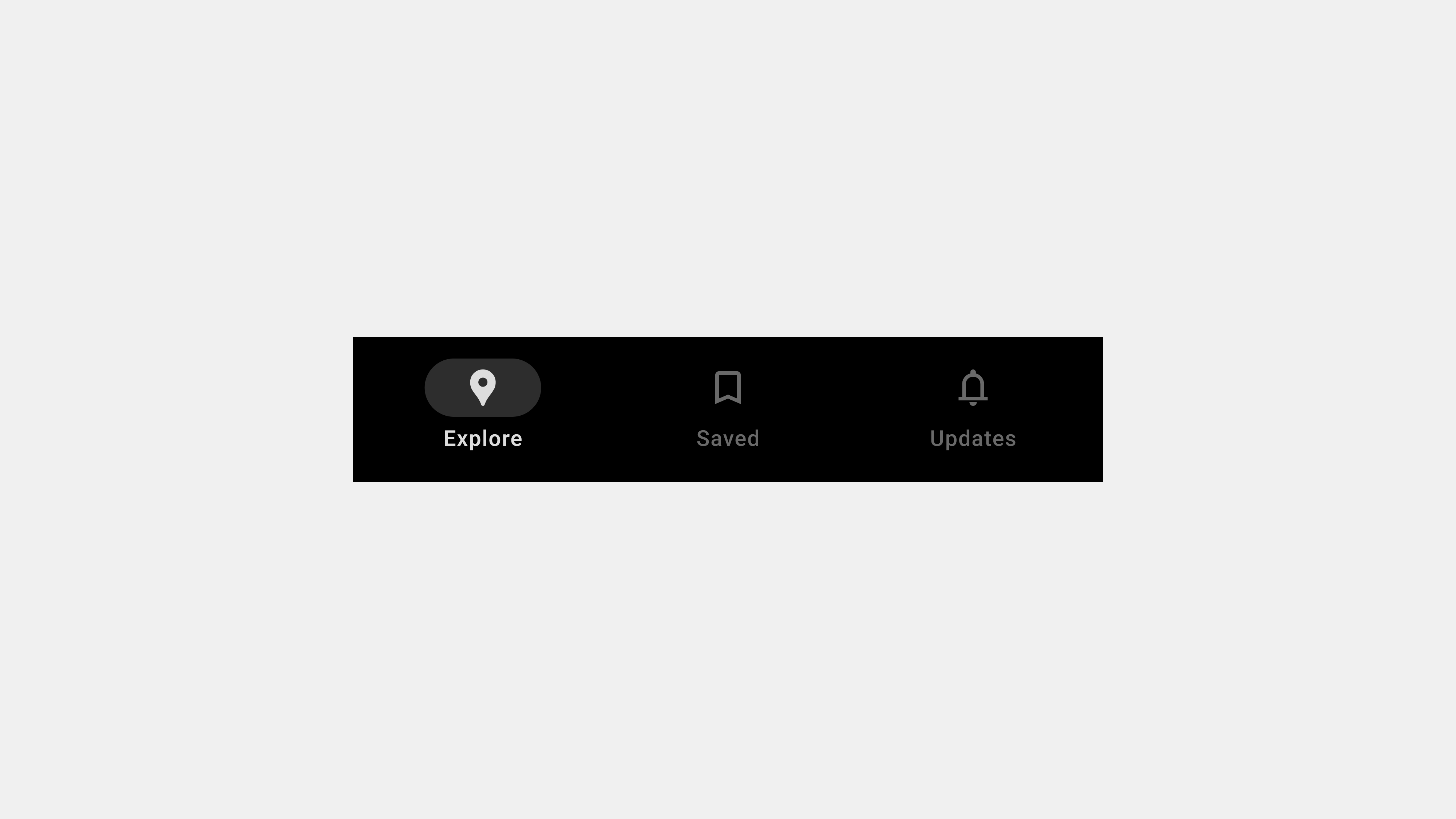5 Key Considerations for QA Testing Tab Bars
Tab bars are integral to app navigation, offering users quick and intuitive access to key sections. Ensuring their reliability through rigorous quality assurance (QA) testing is essential to delivering a seamless user experience. This article outlines five critical aspects of QA testing for tab bars, helping teams identify and address potential issues effectively.
1. Functional Testing
Why It Matters
The primary role of a tab bar is to facilitate navigation between an app’s key features. Functional testing ensures that all tabs perform as expected, delivering users to the correct destinations without errors.
Key Testing Areas
- Navigation Links: Verify that each tab correctly routes users to the intended screen or section.
- Interactive Elements: Ensure icons, text, and touch targets are responsive.
- Dropdowns or Overflow Menus: Test nested or additional options for proper functionality.
Test Cases
- Open and close tabs using various input methods (tap, swipe, keyboard).
- Validate interactions with dynamic tabs, such as those loading user-specific content.
- Test tabs under edge cases, such as rapid switching or simultaneous user inputs.
Tools
- Selenium or Cypress for automated functional tests.
- Browser DevTools for manual interaction testing.
2. Cross-Platform Compatibility
Why It Matters
Users interact with apps across multiple devices and platforms, including iOS, Android, and web browsers. Ensuring consistent tab bar behavior across these environments enhances usability and trust.
Key Testing Areas
- Device-Specific Behavior: Check for consistent performance on phones, tablets, and desktops.
- Browser Compatibility: Test tab bars in major browsers such as Chrome, Safari, Firefox, and Edge.
- Platform-Specific Features: Validate that platform-specific adaptations (e.g., gestures on mobile) work as intended.
Test Cases
- Verify tab bar responsiveness on different screen sizes and orientations.
- Test hover effects and focus states in web applications.
- Ensure gesture-based navigation (e.g., swiping) functions correctly on touch devices.
Tools
- BrowserStack or Sauce Labs for cross-platform testing.
- Real device testing for accurate results on mobile and tablet devices.
3. Accessibility Compliance
Why It Matters
Accessible design ensures that all users, including those with disabilities, can navigate the app effectively. This not only improves user experience but also meets legal accessibility standards.
Key Testing Areas
- Screen Reader Compatibility: Ensure that tab labels and states are announced clearly.
- Keyboard Navigation: Verify that users can navigate and activate tabs using only a keyboard.
- Focus Management: Confirm that focus indicators are visible and correctly positioned.
Test Cases
- Test tab navigation using screen readers like NVDA or VoiceOver.
- Use the Tab key to move between tabs and check for proper focus indicators.
- Validate color contrast ratios to ensure readability for visually impaired users.
Tools
- Axe Accessibility Checker.
- Lighthouse Accessibility Audit.
4. Performance Testing
Why It Matters
Performance issues, such as laggy animations or slow loading, can frustrate users and negatively impact their experience. Testing the tab bar’s performance under various conditions ensures smooth operation.
Key Testing Areas
- Loading Speed: Measure the time it takes for tabs to respond to user input.
- Animation Smoothness: Test transitions between tabs for any lag or stutter.
- Scalability: Verify performance when the tab bar includes dynamic or personalized content.
Test Cases
- Simulate high user traffic to check the tab bar’s responsiveness.
- Test performance on slow networks or offline scenarios.
- Monitor the impact of animations on low-end devices.
Tools
- Lighthouse Performance Audit.
- Apache JMeter for load and stress testing.
5. Error Handling and Edge Case Testing
Why It Matters
Applications must handle errors gracefully to maintain a positive user experience. Testing how the tab bar reacts to unexpected inputs or failures is critical for robust functionality.
Key Testing Areas
- Broken Links: Ensure tabs redirect users to valid destinations, even if content fails to load.
- Dynamic Content Errors: Test tabs that fetch user-specific or real-time data for proper fallback behavior.
- Offline Scenarios: Verify that the tab bar remains functional in offline or limited connectivity modes.
Test Cases
- Simulate broken links or failed API calls and check for error messages or fallback options.
- Test tab interactions when the app is offline, ensuring essential features remain accessible.
- Validate behavior when users rapidly switch between tabs under unstable network conditions.
Tools
- Postman for API testing.
- Chrome DevTools for simulating offline scenarios.
Conclusion
Rigorous QA testing ensures that tab bars function reliably across all use cases, platforms, and user scenarios. By focusing on functionality, compatibility, accessibility, performance, and error handling, QA teams can identify and address potential issues before they impact the user experience. A well-tested tab bar enhances navigation, builds user trust, and supports the overall success of the application.



